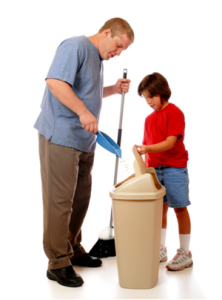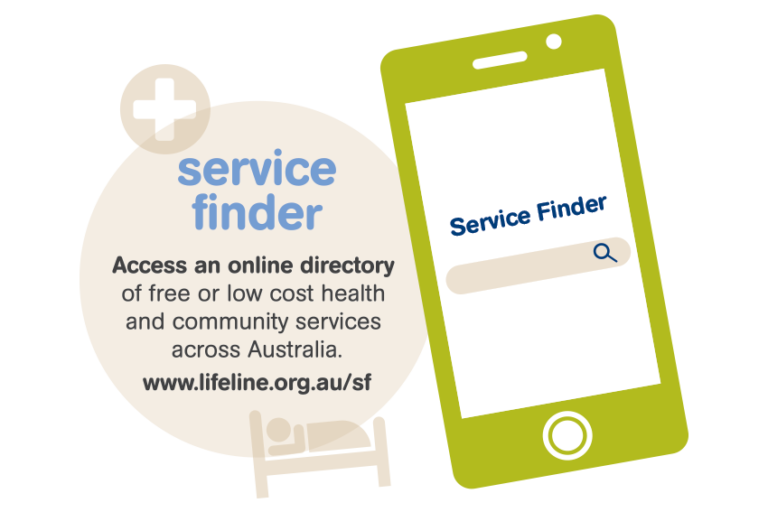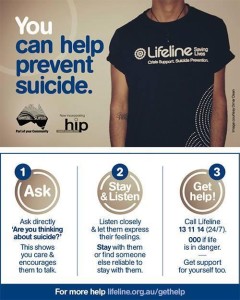 There is very little I can think of that gives you the same buzz that you get from giving your time to help others and making the community a better place.
There is very little I can think of that gives you the same buzz that you get from giving your time to help others and making the community a better place.
There is so much negativity around, we see it all the time i.e. road rage, people dropping litter, graffiti, treating the elderly poorly, hunger, homeless, unemployment etc Have I made you depressed yet? I feel it just writing this part 🙂 but we can balance all of that by doing good and intentionally making a difference to others.
There are many organizations that you can volunteer your time. SEEK Volunteer is a non-profit initiative designed to make volunteering easier. You can search by location, how much time you have to give and category of cause: including everything from animal welfare, seniors, disaster relief, sport and mentoring.
I was invited to a Christmas carol sing along at a church group on Friday night, I am not what you would call a religious person but always up for a Christmas Carol. I was very impressed in the modern and “current” theme of the church – there was not one cross or picture of Jesus in sight.
The church was called “Edge Church” they have just opened in Melbourne a year ago and have campuses in Adelaide, UK and Long Island NY. My church experiences were that of the old fashion stereotypical church building (high ceilings, uncomfortable wooden seats and lots of lead-light) with the minister up front reading the bible. No one back then looked happy 🙁
The Edge Church is in a nicely converted/renovated factory, great facilities, cafe, a beautiful room for the congregation – and with very comfy seats, great sound and audio visual equipment and a very talented band and singers to entertain us and to sing along too, it had a real happy vibe. Unlike the church of old days, the Edge Church actively gets involved in the community to make a difference. Edge Church moto is “Serving our Community with Hope, Truth & Love”.
Drop in, you might be as impressed as I was? I hope to see you out there.

 Watching Dr Phil the other day I listened to how a girl was out drinking with a group of “so called friends” boys, they all got drunk and she was gang raped.
Watching Dr Phil the other day I listened to how a girl was out drinking with a group of “so called friends” boys, they all got drunk and she was gang raped.
 Bunnings have quiet a few children’s activity classes for kids over the age of 5 and you must accompany them. It would be worth checking out your nearest store for their times and taking your child along to make something for their mum. You can see
Bunnings have quiet a few children’s activity classes for kids over the age of 5 and you must accompany them. It would be worth checking out your nearest store for their times and taking your child along to make something for their mum. You can see 
 Filmmaker Justin Hunt will be joined by musician-composer James Hetfield in presenting and discussing the award-winning documentary Absent, exploring the worldwide crisis of absent and disengaged fathers and the negative impact that the “father wound” makes on society.
Filmmaker Justin Hunt will be joined by musician-composer James Hetfield in presenting and discussing the award-winning documentary Absent, exploring the worldwide crisis of absent and disengaged fathers and the negative impact that the “father wound” makes on society. 
 Divorce changes a lot of things in your family unit, but it does not change one of the major goals that parents often desire to achieve: the ability to raise your children in a way that puts their mental, emotional, and physical health first. Before your divorce, you and your spouse worked as a single unit to protect and provide for your children. Now you must work as separate units, all-be separate units that agree at times, to care for your children.
Divorce changes a lot of things in your family unit, but it does not change one of the major goals that parents often desire to achieve: the ability to raise your children in a way that puts their mental, emotional, and physical health first. Before your divorce, you and your spouse worked as a single unit to protect and provide for your children. Now you must work as separate units, all-be separate units that agree at times, to care for your children. Getting your first part time job is a proud moment in anyone’s life, and this will be no different for your teen.
Getting your first part time job is a proud moment in anyone’s life, and this will be no different for your teen. News gleaned from the TV, radio, or Internet can be a positive educational experience for kids. But when the images presented are violent or the stories touch on disturbing topics, problems can arise.
News gleaned from the TV, radio, or Internet can be a positive educational experience for kids. But when the images presented are violent or the stories touch on disturbing topics, problems can arise. There was one thing I was looking forward to when I had my first kid. It wasn’t spending time raising someone to be responsible, nor was it having a new best friend to laugh and play with. It was finally getting someone else to mow the lawn for me. No more of my weekend time wasted pushing my lawnmower with the busted automatic drive, no more time fixing the bag that keeps falling off, and no more hauling the grass bags off to the bin. That is all Dennis Junior’s job.
There was one thing I was looking forward to when I had my first kid. It wasn’t spending time raising someone to be responsible, nor was it having a new best friend to laugh and play with. It was finally getting someone else to mow the lawn for me. No more of my weekend time wasted pushing my lawnmower with the busted automatic drive, no more time fixing the bag that keeps falling off, and no more hauling the grass bags off to the bin. That is all Dennis Junior’s job. If your kids are anything like mine and i think most are, they are fussy eaters.
If your kids are anything like mine and i think most are, they are fussy eaters.
 Healthy self-esteem is like a child’s armor against the challenges of the world. Kids who know their strengths and weaknesses and feel good about themselves seem to have an easier time handling conflicts and resisting negative pressures. They tend to smile more readily and enjoy life. These kids are realistic and generally optimistic.
Healthy self-esteem is like a child’s armor against the challenges of the world. Kids who know their strengths and weaknesses and feel good about themselves seem to have an easier time handling conflicts and resisting negative pressures. They tend to smile more readily and enjoy life. These kids are realistic and generally optimistic.
















Recent comments